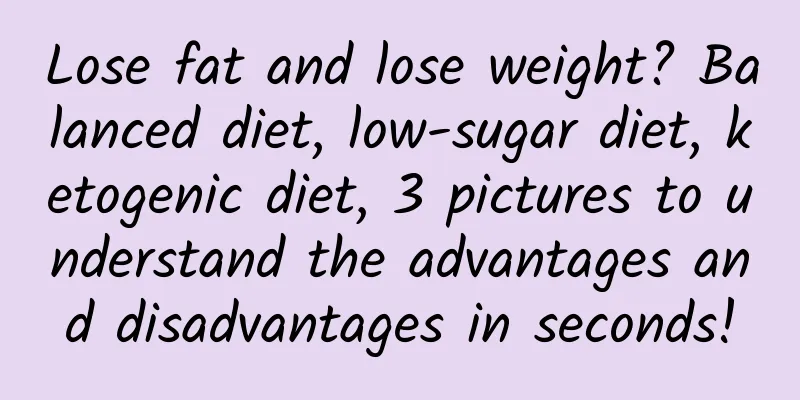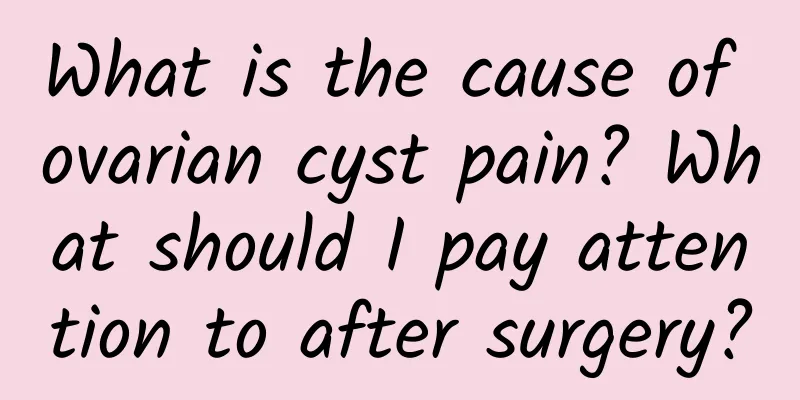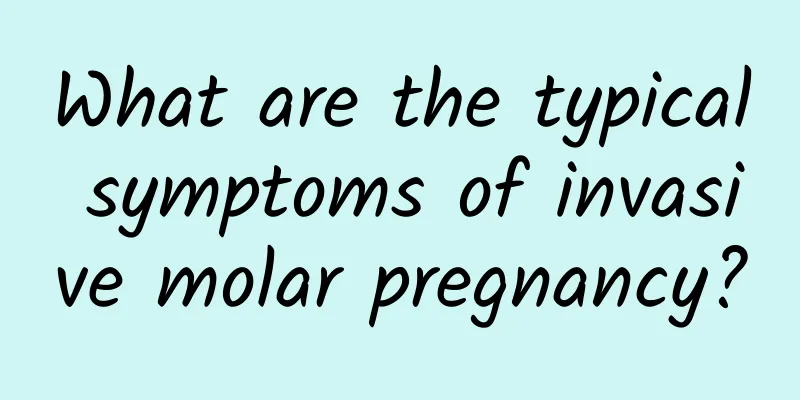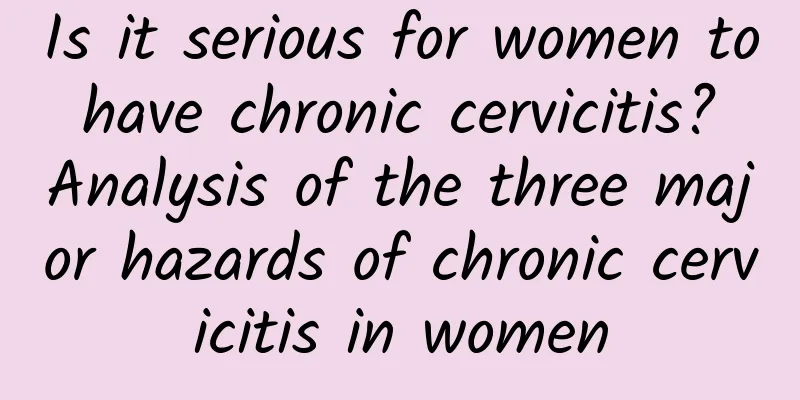Lose fat and lose weight? Balanced diet, low-sugar diet, ketogenic diet, 3 pictures to understand the advantages and disadvantages in seconds!

|
What is the healthiest way to eat? How to eat to lose weight fastest? This is an issue that the public has been concerned about for many years and is also one of the most discussed topics among netizens. A balanced diet is the mainstream currently promoted, but many people argue that a low-sugar diet or a ketogenic diet is more beneficial to the body. What are the differences between these three diets? If you want to lose weight, which way of eating is better? As we all know, a balanced diet refers to a balanced intake of various nutrients, including: carbohydrates (sugars), protein, fat, fiber, vitamins, minerals, etc. Therefore, everything from whole grains, beans, fish, meat, eggs, fresh fruits and vegetables to appropriate amounts of oils and fats should be supplemented. Reducing carbohydrates promotes fat decomposition in the body What are low-sugar diet and ketogenic diet? Nutritionist You Naijia said that these two eating methods mainly control the intake of carbohydrates, which are the main source of energy for the human body. After carbohydrates are eaten, they are broken down into glucose, part of which is provided to the human body and part of which is stored in the liver to form glycogen. When the human body needs energy, it first uses glucose and then glycogen. If the glucose and glycogen in the body are exhausted, the body has to turn to breaking down fat as an energy source. Therefore, if carbohydrate intake is reduced, the available glucose and glycogen in the body are used up, and fat is broken down and burned as an energy source, thereby achieving the effect of fat loss. Generally speaking, carbohydrates are the main source of energy for the human body. A diet rich in carbohydrates includes staple foods such as cereals, bread, rice, and noodles. In terms of nutrient ratios, if a "balanced diet" is adopted, carbohydrates account for about 55% of the three major nutrients consumed daily, which is the highest proportion; if a "low-sugar diet" is adopted, the daily carbohydrate intake is 50-100 grams (about 20%); if a "ketogenic diet" is adopted, the carbohydrate intake must be more strictly limited, and you can only eat less than 50 grams per day (about 10%). (As shown below) Daily intake ratio of the three major nutrients for a balanced diet, low-sugar diet, and ketogenic diet. Compared with a balanced diet, a low-carb diet significantly reduces carbohydrate intake, and a ketogenic diet more strictly controls carbohydrate intake. Low-sugar diets and ketogenic diets increase the proportion of protein and fat Since low-sugar and ketogenic diets have a lower intake of carbohydrates, the intake of protein and fat is bound to increase. In terms of protein, a balanced diet contains about 15-20% protein and about 30% fat. A low-sugar diet increases protein intake and, relatively speaking, the proportion of fat also increases; a ketogenic diet significantly increases the proportion of fat by more than 70%, which is very different from the proportion of a balanced diet. A low-carb diet replaces some carbohydrates with protein and fat as the body's energy source. Basic concepts of low-sugar diet Nutritionist You Naijia pointed out that a low-sugar diet is commonly known as the "Ah Jin diet" or the "meat-eating weight loss method", which mainly controls the daily carbohydrate intake to around 50 to 100 grams, and replaces part of the carbohydrates in a balanced diet with protein foods (meat, fish, eggs, soy products, etc.) and fats (vegetable fats, nuts, etc.) as a source of energy. In order to achieve the goal of reducing fat and increasing muscle, some people use a low-sugar diet to help lose weight or shape their body. The ketogenic diet consumes very little carbohydrates and significantly increases the intake of fat, forcing the body to use up all the glucose and glycogen before breaking down fat and producing "ketone bodies" for the body to use as energy. Basic concepts of ketogenic diet What is the ketogenic diet? The ketogenic diet has higher restrictions on carbohydrates, and the daily intake should be controlled below 50 grams, and the fat intake should be greatly increased. Nutritionist You Naijia said that the principle of the ketogenic diet is to consume very little carbohydrates, forcing the body to use up all the glucose and glycogen, break down fat and produce "ketone bodies" for the body to use as energy, thereby achieving the effect of fat loss. "My Plate" at a glance 3 pictures to understand the eating habits In order to help the public better understand the intake methods and precautions of these three types of diets, nutritionist You Naijia uses the concept of "My plate" to provide 3 pictures and accompanying tables to help the public understand easily! Next page to see the picture: A balanced diet provides a variety of nutrients that help maintain health. Balanced diet Key: Balanced intake of various foods Suitable for: The general public (For patients with diabetes, kidney disease, and hyperlipidemia, nutritionists will make adjustments based on the disease conditions) How to eat: Divide the plate into four equal parts, and eat staple foods, beans, fish, meat, eggs, vegetables, and fruits at each meal. Try to make whole grains and root vegetables as the staple food. Chicken, fish or soy products are healthier as protein sources. In addition, you need to eat vegetables and fruits of various colors and types to ingest more diverse nutrients. "Balanced diet" requires taking in staple foods, beans, fish, meat, eggs, vegetables and fruits at every meal. 【Low-sugar diet】 Key: More meat, less starch Suitable for: Healthy people (but not recommended for long-term use) Not suitable for : People with diabetes, high blood pressure, high blood lipids, gout, kidney-related diseases, pregnant women, children and adolescents in their growing period, and those with abnormal blood test results How to eat: A low-sugar diet mainly reduces the amount of staple foods, increases the amount of protein to about twice that of a balanced diet, and consumes a large amount of various vegetables to supplement sufficient fiber. The recommended protein sources are low-fat white meat, soy products and other high-quality proteins. Note: Nutritionist You Naijia reminds that although a low-sugar diet can reduce fat and weight, long-term intake can easily lead to abnormal blood lipids or nutrient imbalance, so long-term use is not recommended. "Low-sugar diet" eats a small amount of staple food and increases the intake of beans, fish, meat, eggs, and vegetables. Ketogenic Diet Key: More oil and no starch Suitable for: Healthy people (but not recommended for long-term use) Not suitable for: People with diabetes, high blood pressure, high blood lipids, gout, kidney-related diseases, pregnant women, children and adolescents in their growing period, and those with abnormal blood test results How to eat: The ketogenic diet is a strict low-sugar diet that requires almost no carbohydrates and significantly increases fat intake. In order to make up for the amount of fat, the protein sources of the ketogenic diet usually include chicken or pork with skin, fat, and bacon. The fats include butter, coconut oil, fish oil, medium-chain fatty acids or vegetable oils. Avocados can also be chosen as a fat source. The "ketogenic diet" almost does not eat staple foods, but instead consumes appropriate amounts of beans, fish, meat, eggs, vegetables, and a large amount of fats and oils. Note: Nutritionist You Naijia pointed out that the human body is prone to increased water loss during the process of producing ketone bodies, which can cause dry mouth, frequent urination, and a fruity breath. Therefore, when adopting a ketogenic diet, you need to supplement enough water to avoid dehydration. In addition, the ketogenic diet contains a high amount of fat, and the increase in fat will slow down gastrointestinal emptying. For people with poor gastrointestinal function, indigestion, diarrhea, and constipation are likely to occur. The ketogenic diet contains a high amount of fat, and people with poor gastrointestinal function are prone to indigestion, diarrhea, and constipation. Nutritionist You Naijia reminds that although the ketogenic diet has the effect of reducing fat, it is easy to cause vitamin deficiencies (such as B complex, C, and antioxidant phytochemicals) under the condition of long-term unbalanced diet and intake of single nutrients. Moreover, studies have shown that the ketogenic diet can easily increase the risk of cardiovascular disease and the risk of ketoacidosis (especially in diabetic patients). Therefore, it is not recommended to adopt a ketogenic diet for a long time. If you want to lose weight, it is recommended to control calories moderately under the premise of a balanced diet, and combine it with regular exercise and good living habits, which is more beneficial to your health. If you want to lose weight, it is recommended to control calories moderately under the premise of a balanced diet, and combine it with regular exercise and a normal schedule. This is a healthy and lasting way. If you really want to try the ketogenic diet, it is recommended that you consult a doctor or nutritionist first, and closely monitor your physical condition during the process to avoid danger. |
<<: It’s hot, can eating vegetables help you lose weight? Doctor: Avoid these three major landmines!
Recommend
Inflammation is the fire of obesity! 1 minute self-diagnosis to find out the problem
Is your body inflamed? Be careful, as this may pu...
What harm does uterine fibroids cause to patients?
Many female friends are familiar with uterine fib...
What is the preparation before abortion?
Abortion is a common surgery in today's socie...
Change white rice to brown rice! Speed up your metabolism and lose 700 calories in one week
Can eating help you lose weight? Many people only...
How to treat irregular menstruation in women? Diet therapy can help you
Irregular menstruation is a common gynecological ...
How does traditional Chinese medicine treat cervical erosion? What are the symptoms of cervical erosion in women?
What are the symptoms of cervical erosion in wome...
What is wrong with non-gonococcal cervicitis? What should I do?
What is wrong with non-gonococcal cervicitis? Wha...
How much harm does abortion do to women?
How much harm does abortion do to women? Abortion...
Ectopic pregnancy may be caused by chronic salpingitis
Ectopic pregnancy may be caused by chronic salpin...
Is B-ultrasound accurate in detecting pelvic effusion? What are the precautions?
Pelvic effusion is a common phenomenon. Many wome...
What are the six sex hormone standards for women after menopause? Teach you how to read the test report to understand the age of your ovaries
What are the six sex hormone standards for postme...
Patients should pay attention to the treatment precautions of cervical erosion
Cervical erosion is a more serious disease among ...
What are the early symptoms of dysmenorrhea in women?
What are the symptoms of dysmenorrhea? What are t...
A quick way to rule out ectopic pregnancy
There is no fastest way to completely rule out ec...
What does an egg-sized uterine fibroid look like? Does an egg-sized uterine fibroid need to be removed?
What does an egg-sized uterine fibroid look like?...









